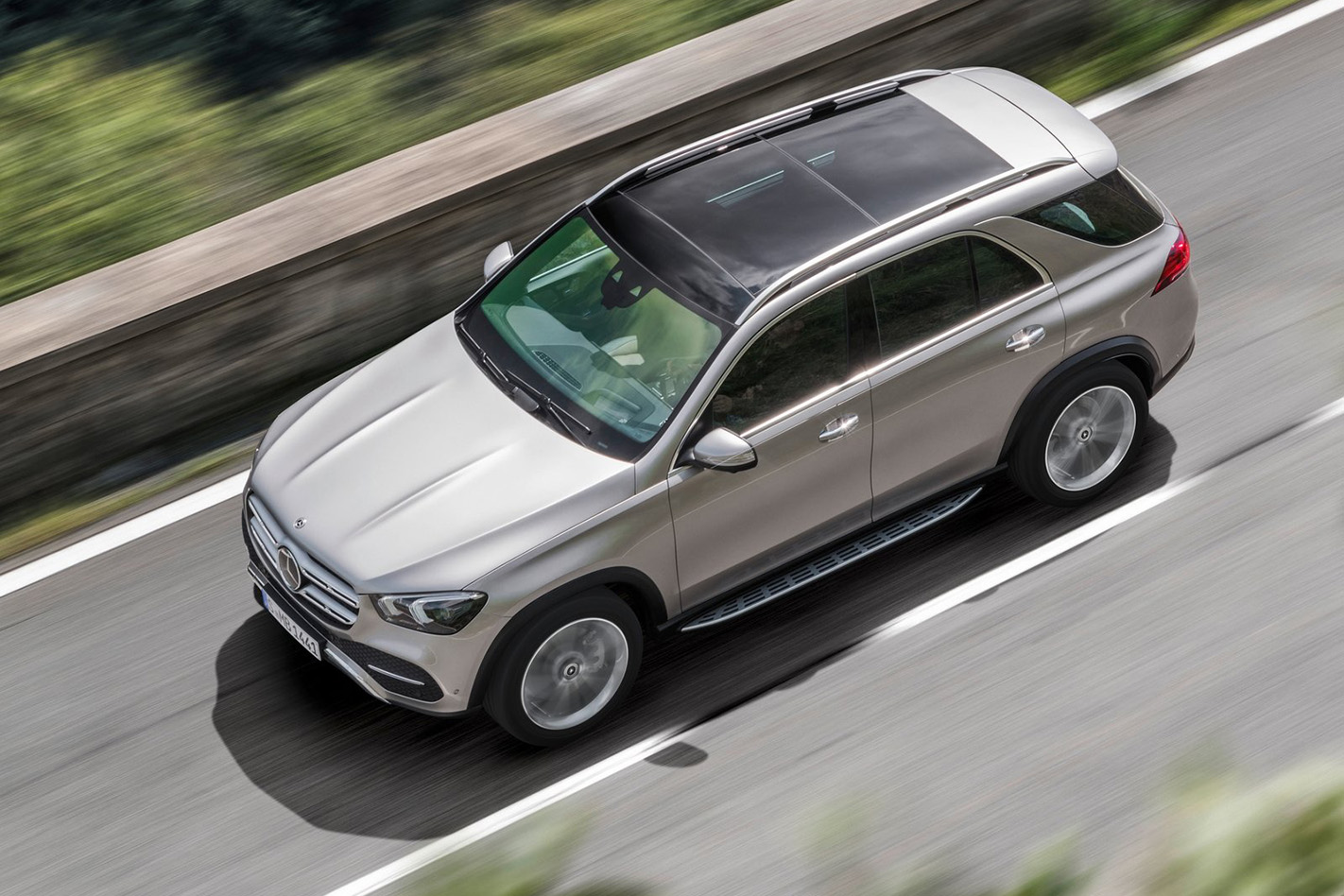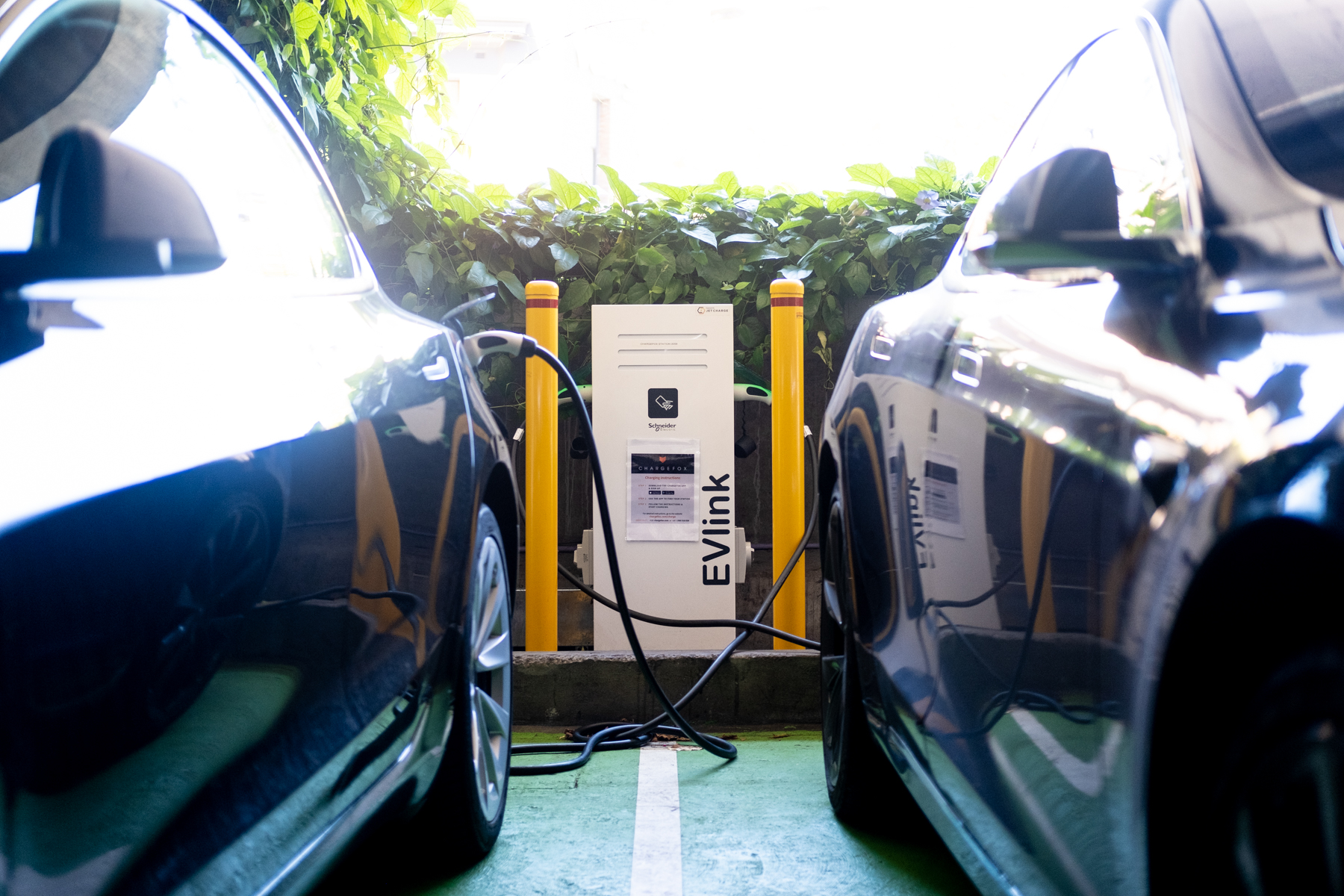MERCEDES-BENZ’S model rejuvenation process has concentrated on its passenger cars for the past couple of years, which has left its SUV range at risk of falling behind fresher rivals from Audi, BMW, Land Rover and Jaguar.

But the German carmaker is at last giving its high-riders some love, starting with the GLE-Class that’s set to leap frog competitors such as the Audi Q7 and soon-to-launch BMW X5 with technology that makes it even more advanced than Benz’s flagship S-Class sedan.
Headlining the new-generation GLE’s features list is the 48-volt ‘E-Active Body Control’ air dampers, which take Benz’s active suspension tech and adds the capability to control pitch and squat movements as well as roll. It can also adjust spring and damping forces on-the-fly, promising the best compromise between ride and handling.

It will also be the first model to feature an all-new ‘Active Tailback Assist’ that enables it to recognise tailbacks before the driver even sees them, with help from live traffic data. In Germany it will automatically “slow to around 100km/h as a precaution” when approaching traffic jams– which could be handy in Australia should you ever encounter a traffic jam between Alice Springs and Katherine.
Once in the tailback, the system will autonomously steer within the lanes and stop and go to maintain a safe distance with the car in front at speeds up to 60km/h.

To be built in the USA, the 2019 GLE sits atop Benz’s MHA (Modular High Architecture) that will also underpin the second-generation GLS upper-large SUV that’s due to be unveiled at the LA Motor Show in November.
As its name suggests, MHA is a high-riding SUV version of the MRA (Modular Rear Architecture) platform employed by the C- E- and S-Class.
It will harness the additional ride height for improved off-road capability over the current model, with an enhanced version of Benz’s 4Matic system offering low and high-range gearing via an optional off-road package. The system is also able to transfer between 0 and 100 percent of torque to the rear axle.

As well as a family of 2.9-litre turbo diesels, the 2019 GLE will score a new 270kW/500Nm 3.0-litre turbocharged petrol inline-six than can deliver an extra 16kW/250Nm for short periods via Benz’s ‘EQ boost’ mild-hybrid system. This donk will be retuned for the AMG GLE53 that will produce around 320kW and bridge the gap between regular GLE variants and the 450kW 4.0-litre V8 AMG GLE63 that’s expected to follow later in 2019.
Mercedes has also revealed an advanced long-range plug-in hybrid model will become available later next year, with an all-electric range that will dwarf the 30km offered by the current GLE PHEV.
All powertrains will incorporate Benz’s nine-speed automatic gearbox and 4Matic four-wheel drive.
Comfort-wise, the second-generation GLE gains more interior space thanks to a longer wheelbase, believed to be 2995mm, which is 80mm more than the current model. As well as more legroom it will give the GLE buyers an option to add a third row of seats.

Second-row seats will be fully power adjustable, with seat switches on the door as is typically the case for the front seats of most Benz models. The seats can also slide back and forth up to 100mm or be folded down to provide a generous load space that ranges between 825 litres and 2055 litres.
The new GLE also gains the advanced MBUX infotainment system that recently debuted in the all-new A-Class range, with twin 13.2-inch digital displays for both instrument panel and infotainment screen, and ‘Hey Mercedes’ voice recognition system.
Externally, it’s more aggressively-styled than the current model which changed nomenclature from M-Class to GLE-Class as part of a mid-life refresh back in 2015. One of the original premium SUVs, the M-Class itself first appeared in 1997 with a distinctive forward-swept C-pillar, which still features on the new model along with the bonnet bulges. If you count the previous two-and-a-half generations of M-Class models, the upcoming all-new GLE will be the fourth generation of that lineage.

The 2019 Mercedes-Benz GLE will be officially unveiled at next month’s Paris Motor Show. It’s expected to be launched globally, including in Australia, around the second quarter of next year, with local specifications and pricing will becoming available closer to launch.






